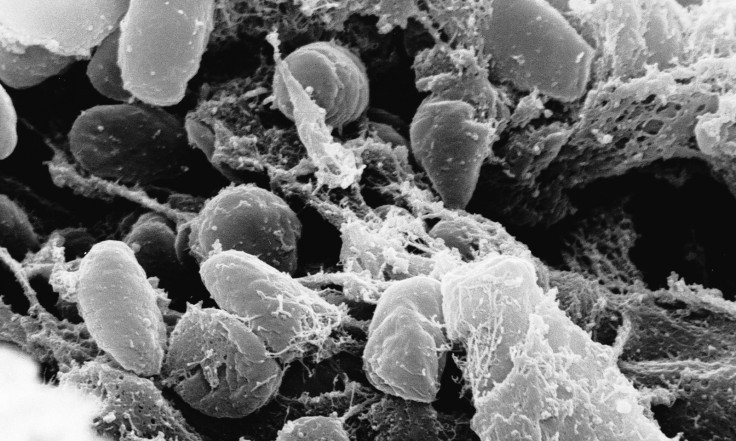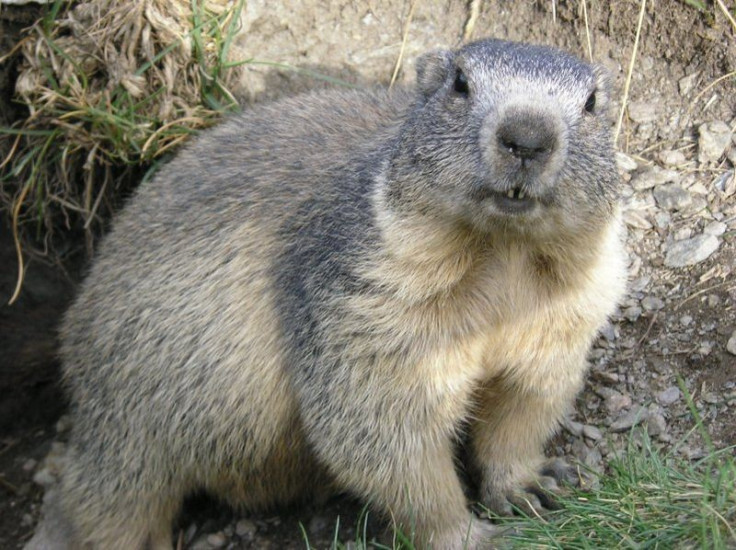Fears of bubonic plague outbreak as Siberian boy fights Black Death after skinning a marmot
Vaccines have been rushed to a remote Siberian region to prevent an outbreak.

A 10-year-old boy is fighting for his life in a hospital in Siberia after contracting the bubonic plague while skinning a marmot. Thousands of vaccines are being rushed to the remote Kosh-Agach district in the Altai Mountains to prevent the 'Black Death' from spreading further.
The young boy had been on a hunting expedition with his grandfather and cut himself with the knife he was using on the animal. He is now in a critical but stable condition, with a dangerously high fever.

Seventeen people with whom he had been in contact with, including six children, have been put in quarantine. The health authorities expect that a total of 19,000 people will be vaccinated in order to prevent a full-scale outbreak.
Already 6,192 of the region's inhabitants have been immunised and about 15,000 vaccines will arrive over the next few days in Kosh-Agach.
Kosh-Agach is considered to be at high risk for plague outbreaks and marmot hunting is in fact banned because the animal is known to carry the disease. However, this rule is widely ignored by inhabitants as they can make good money by selling the animal's fur.
The 'Black Death'
Plague is caused by zoonotic bacteria Yersinia Pestis, which is usually found in small animals and their fleas. There are three types of plague: bubonic plague, septicaemic plague and pneumonic plague − bubonic being the most common.
Bubonic plague is characterised by high fever and other flu-like symptoms but most importantly by painful swollen lymph nodes or 'buboes'.
In the 14th century, the bubonic plague was responsible for one of the worst global pandemics of all time. More than 50 million people died and it became known as the 'Black Death'.
While plague cases are now relatively rare around the world, the WHO still reported 783 cases worldwide, including 126 deaths in 2013. If left untreated, the disease is often fatal, with a case-fatality ratio of 30%-60%.
Despite the vaccines being dispatched to Siberia after the little boy's contamination, the WHO does not recommend their wide-scale use during an outbreak, saying there is only limited evidence that they are effective against the plague. Quarantine measures and antibiotic treatments should however be implemented.
How the disease is transmitted
Plague can be transmitted to humans by flea bites. When people come near or in contact with rodents that had been infected by plague, they risk being bitten by the fleas and contracting the disease.
Humans can also become infected when handling tissue or body fluids of a plague-infected animal, like was the case for this young boy. This form of exposure most commonly results in bubonic plague or septicemic plague.
The pneumonic form of the plague is often caused by spread to the lungs from advanced bubonic plague. A person may cough droplets containing the plague bacteria into air. If these droplets reach another person, he or she can become infected. Transmission of these droplets is the only way that plague can spread between people, such as during the Black Death in the Middle Ages or the Eyam plague in 1665.
© Copyright IBTimes 2025. All rights reserved.




















